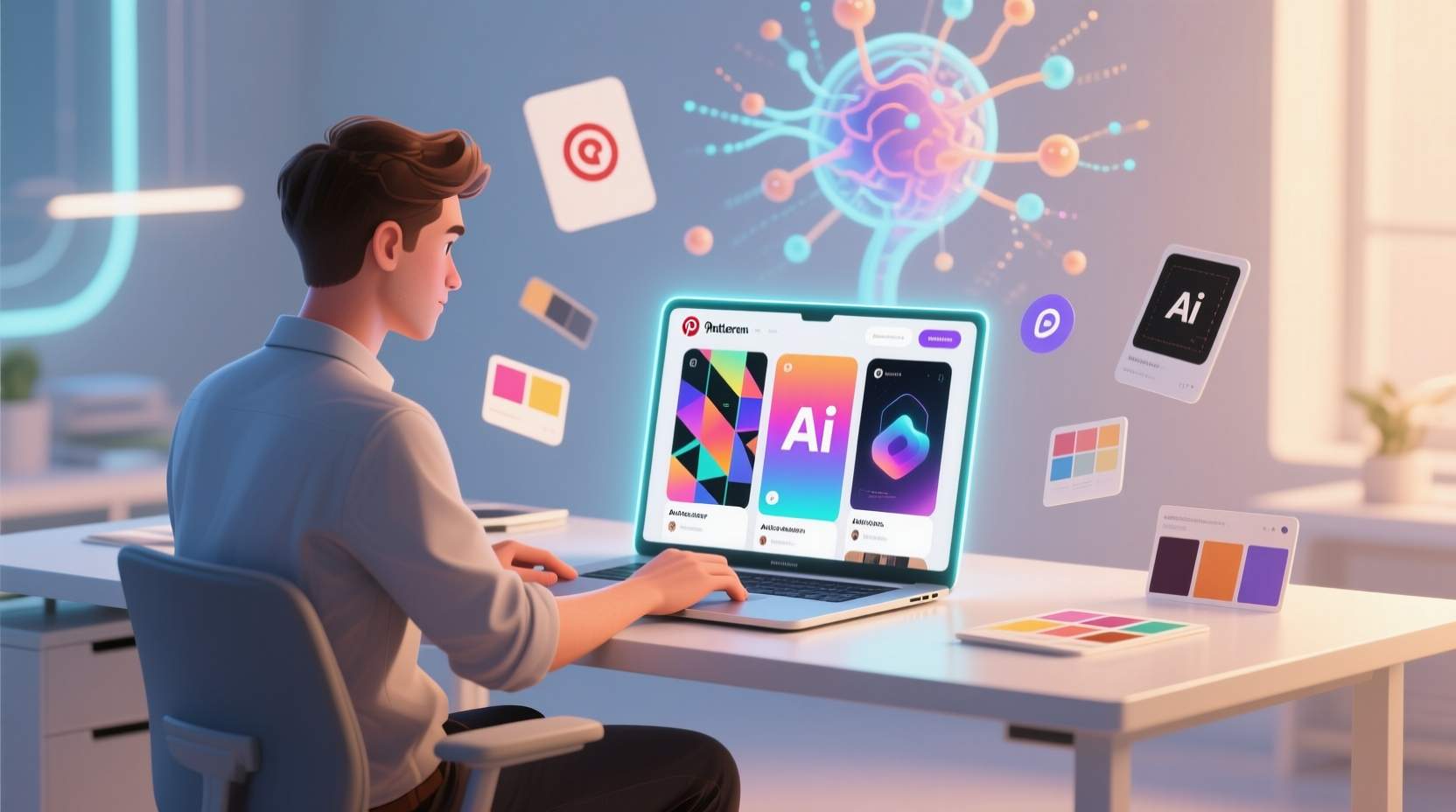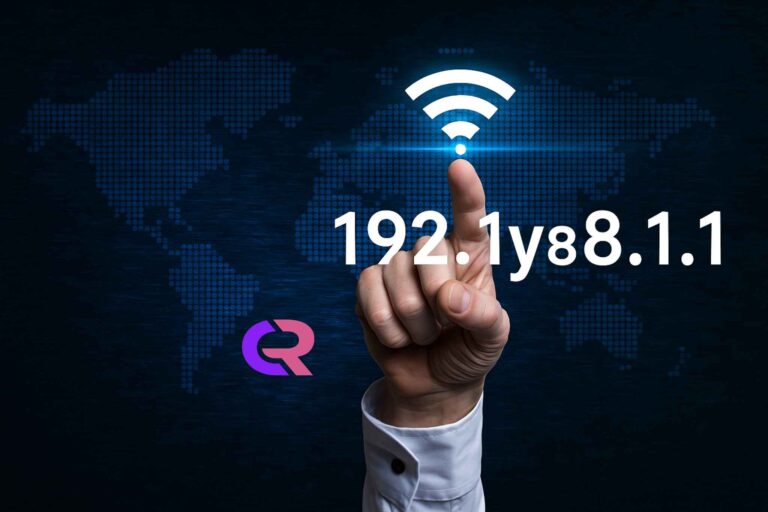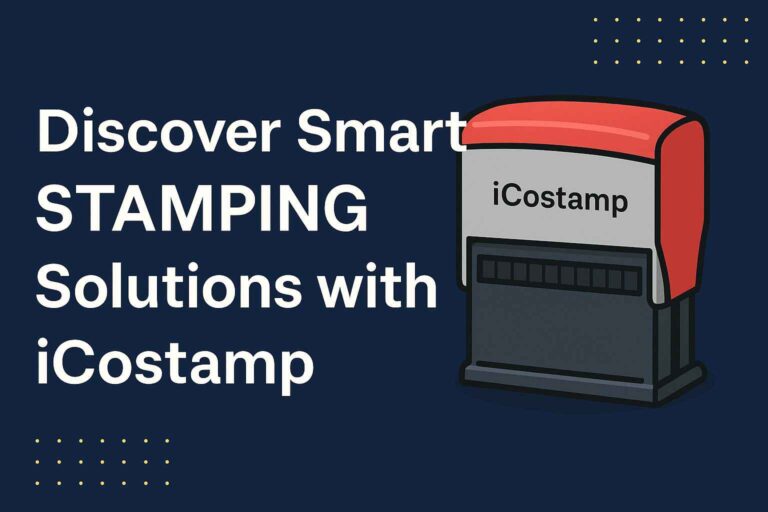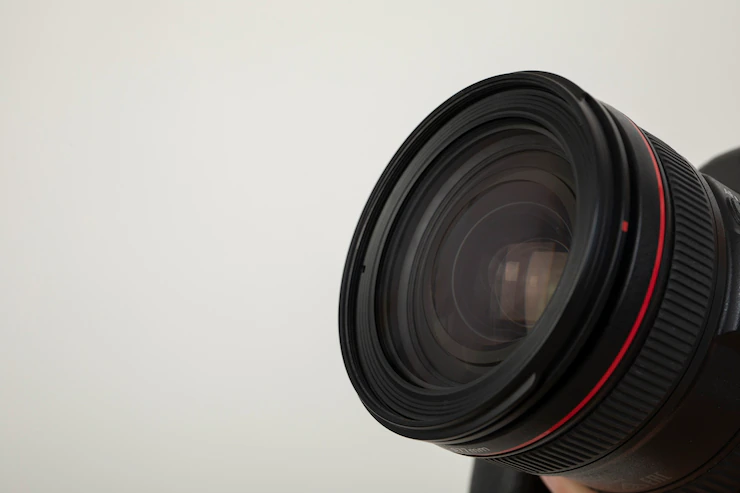AI Tools to Automate Pinterest Pin Creation: Smart Solutions for Marketers
Pinterest has grown far beyond a platform for casual inspiration. It is now a powerful search engine that drives consistent traffic, boosts brand visibility, and generates sales for businesses across niches. With millions of pins uploaded daily, standing out requires both creativity and efficiency. That’s why marketers are turning to ai tools to automate pinterest pin creation. These solutions allow brands to design scroll-stopping visuals, streamline publishing, and maintain a strong presence without exhausting resources.
When used effectively, ai tools to automate pinterest pin creation save time while maintaining quality, ensuring that every pin not only looks professional but also aligns with audience interests. They reduce the need for repetitive manual design tasks, giving creators the ability to focus on strategy and engagement. For marketers aiming to scale, these tools represent a shift from overwhelming workloads to sustainable content systems.
Why Pinterest Demands Automation
Pinterest isn’t like other social networks. It operates as a visual discovery engine where longevity matters more than fleeting trends. Pins can generate traffic for months or even years, which makes volume and consistency critical. But creating dozens of fresh designs weekly can become overwhelming for a single marketer or even a small team.
This is where AI steps in. Automated systems remove the friction of constantly starting from scratch. They provide layouts tailored to Pinterest’s vertical format, suggest fonts and colors that resonate with brand identity, and even generate keyword-rich descriptions for SEO. Instead of reinventing the wheel, marketers can lean on AI to do the heavy lifting while they fine-tune messaging and targeting.
Visual Branding Made Effortless
Maintaining visual consistency on Pinterest is non-negotiable. Every pin must reflect a brand’s identity while still adapting to different content types. Traditionally, this required skilled designers who built templates and tweaked them endlessly. AI tools now streamline this process by learning brand preferences and generating visuals that stay on-brand automatically.
For example, if a fashion retailer uploads its brand palette and logo, AI design engines can apply those assets across multiple pin variations within seconds. This creates a library of ready-to-publish graphics that feel cohesive and professional. Automation ensures there is no drop in quality, even when producing content at scale.
Smarter Content Repurposing
One of the most overlooked strengths of AI is repurposing. Marketers often produce blogs, videos, or infographics but struggle to adapt them into Pinterest-friendly formats. AI tools solve this by extracting key insights from existing content and transforming them into visual narratives.
A single long-form blog post can become a series of pins, each highlighting a different point or statistic. A video clip can be converted into motion-based pins with text overlays. These transformations happen in minutes, eliminating the bottleneck of manual design. Repurposing also ensures that every content investment reaches maximum visibility on Pinterest.
SEO-Optimized Descriptions and Titles
Pinterest is as much about text as it is about visuals. The right descriptions and keywords determine whether a pin surfaces in user searches. Many marketers underestimate this, focusing only on design while neglecting discoverability. AI tools close this gap by generating optimized text tailored for Pinterest search behavior.
These systems analyze trending keywords, user intent, and competitor performance to suggest descriptions that rank higher. By automating keyword placement and writing compelling calls to action, AI ensures pins not only look attractive but also deliver traffic. This blend of creativity and strategy makes automation indispensable for serious Pinterest marketers.
Efficiency at Scale
For businesses managing multiple boards, campaigns, or client accounts, efficiency is everything. Manually creating, scheduling, and optimizing pins can consume entire workweeks. AI drastically reduces this burden by enabling batch creation and scheduling.
Marketers can feed in raw assets—images, headlines, product names—and watch AI generate dozens of polished pins in bulk. These are automatically scheduled across peak times to maximize engagement. What once required a team of designers and managers now becomes achievable by a single marketer with the right toolset.
Personalization for Audience Segments
Pinterest audiences are diverse, and a one-size-fits-all approach rarely works. AI provides the ability to customize pin variations for different demographics, interests, or seasonal campaigns. For instance, an AI system can generate pins highlighting summer fashion for younger audiences while creating more minimal, evergreen designs for professionals.
This personalized approach ensures that every audience segment feels seen, boosting click-through rates and conversions. Without automation, creating tailored designs at scale would be impractical. With AI, it becomes an integrated part of campaign strategy.
AI Tools to Automate Pinterest Pin Creation in Action
This is where everything comes together. AI isn’t simply a background assistant—it transforms the entire Pinterest marketing workflow. From generating branded pin templates to writing keyword-rich descriptions, automation allows businesses to publish at a level impossible to maintain manually.
These tools are not only about efficiency; they’re about elevating creative output. A single campaign can launch with multiple pin variations, all optimized for SEO and audience targeting. Instead of months of manual design and copywriting, the process is condensed into days—or even hours.
Integration With Marketing Workflows
AI tools don’t operate in isolation—they integrate into broader marketing ecosystems. Most platforms now connect directly with content calendars, analytics dashboards, and even e-commerce systems. This allows seamless tracking of which pins generate the highest traffic or sales, feeding data back into the automation process.
For example, an online store can automatically pull product images from its inventory, have AI transform them into branded pins, and schedule them to publish as soon as stock becomes available. This level of integration turns Pinterest marketing from a fragmented task into a smooth, data-driven process.
Beyond Static Pins: Embracing Motion and Video
Static imagery still dominates Pinterest, but motion pins and short-form videos are gaining traction. These formats tend to generate higher engagement, yet they require more production effort. AI removes the complexity by transforming still images into animated pins or extracting highlights from longer videos.
This means brands no longer need dedicated video editors for Pinterest campaigns. AI can animate text, add transitions, or loop clips automatically. By expanding beyond static designs, marketers can tap into fresh engagement opportunities without overextending their resources.
Common Mistakes AI Prevents
While AI excels at creation, it also prevents common mistakes marketers make. Poorly sized images, inconsistent branding, or keyword stuffing in descriptions can damage performance. Automated systems are built with Pinterest’s best practices in mind, ensuring every pin is formatted correctly and strategically optimized.
By following these built-in guidelines, businesses minimize trial and error. Instead of guessing which designs or texts will resonate, AI provides a reliable baseline from which marketers can experiment further.
The New Standard for Pinterest Marketing
The days of treating Pinterest as an afterthought are over. With AI-driven automation, marketers can transform it into a core traffic engine. The ability to create, optimize, and distribute pins at scale is no longer a luxury—it’s a necessity for staying competitive.
Adopting ai tools to automate pinterest pin creation isn’t just about efficiency; it’s about leveling the playing field. Even small teams can compete with large brands by leveraging technology that amplifies their creative and strategic output. The platforms that embrace this shift will dominate Pinterest search results and reap the long-term benefits of sustained visibility.
Final Thoughts
Pinterest rewards consistency, creativity, and optimization—three elements that are hard to balance manually. By using ai tools to automate pinterest pin creation, marketers eliminate repetitive tasks while unlocking new possibilities for engagement. These tools enable smarter design, stronger SEO, and scalable workflows that turn Pinterest from a time-consuming chore into a high-return strategy.
The marketers who adopt AI now will not just save hours each week; they will build systems capable of driving traffic and sales long into the future.







